Rent
ProLift offers daily, weekly, and monthly rentals. Find the right equipment for maximum productivity and safety.
Let us know how we can assist you! A ProLift specialist will connect with you to help with your material handling needs.
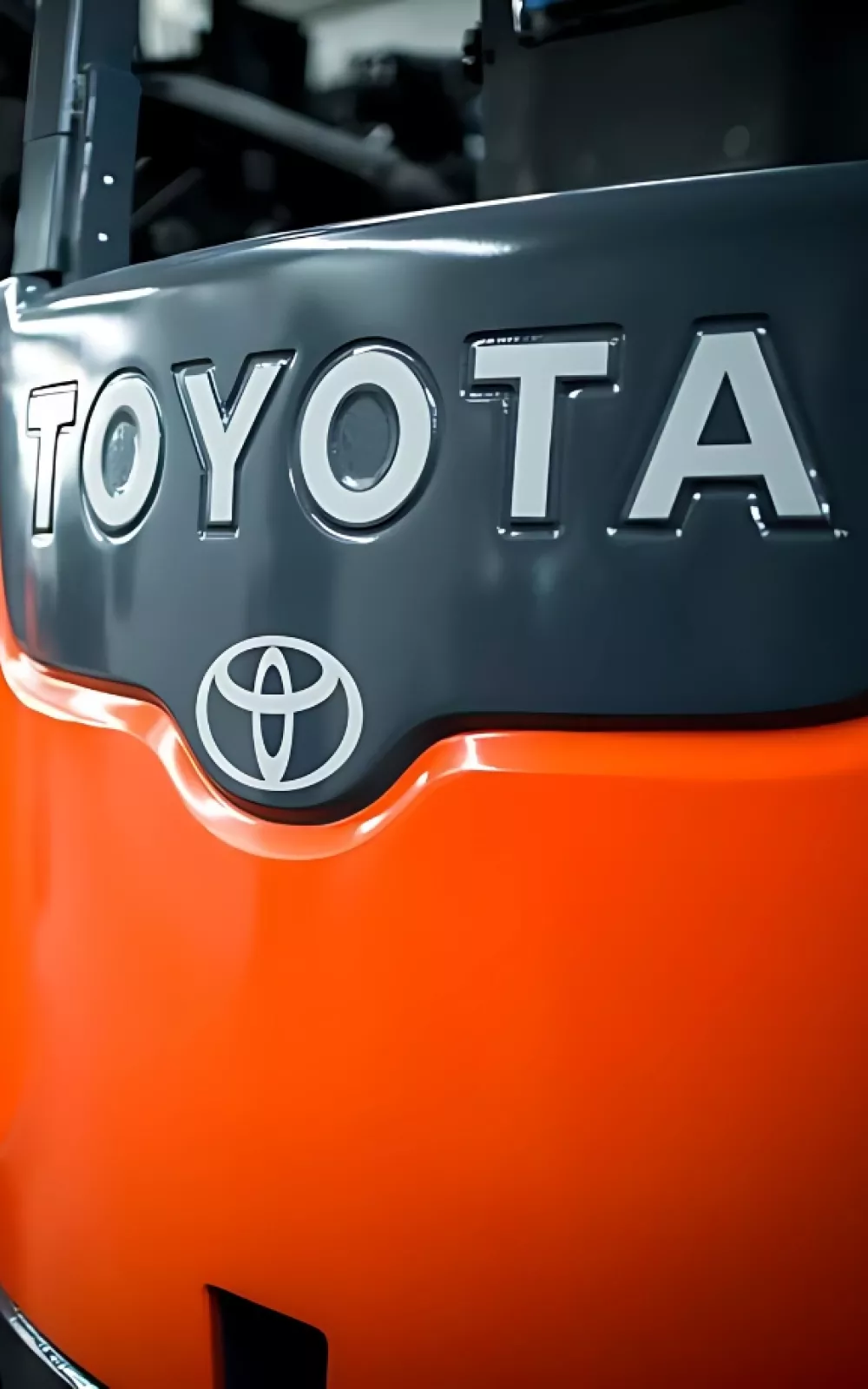
Maintaining proper coolant levels is essential to prevent forklift overheating and extend equipment life. Learn key steps for monitoring and managing coolant levels to keep your forklift operating at peak performance.
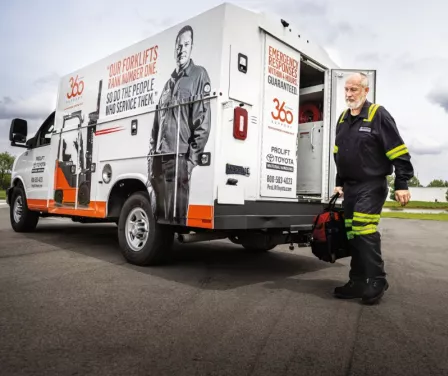
Keeping your forklift’s coolant level maintained is essential to prevent overheating, which can damage the belts, hoses, and clamps that regulate coolant flow. Overheating also risks rust, corrosion, accelerated engine wear, and even severe system failure.
In liquid propane (LP) forklifts, low coolant levels can cause the fuel regulator to freeze, leading to engine failure or rough performance due to restricted fuel flow within the regulator.
A well-cooled forklift is safer for everyone. Should overheating cause a coolant hose or clamp to fail, operators or nearby pedestrians could be exposed to the dangers of scalding from steam or hot coolant.
Placing your forklift on a maintenance program is a good way to track your coolant level and ensure the cooling system is working efficiently. A typical check-up should include:
To learn the recommended degree of coolant protection for your forklift, refer to the operator manual.
Connect with ProLift to learn more about available maintenance programs and pricing. Our four programs are designed to resolve common forklift maintenance and service challenges.
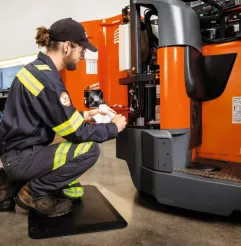
When you need help installing a part, count on ProLift for expert forklift service and repair, with a guaranteed 4-hour response time.
ProLift is your one-stop shop for dock and door, forklift, and industrial battery maintenance. Contact us today to be connected with a sales consultant.
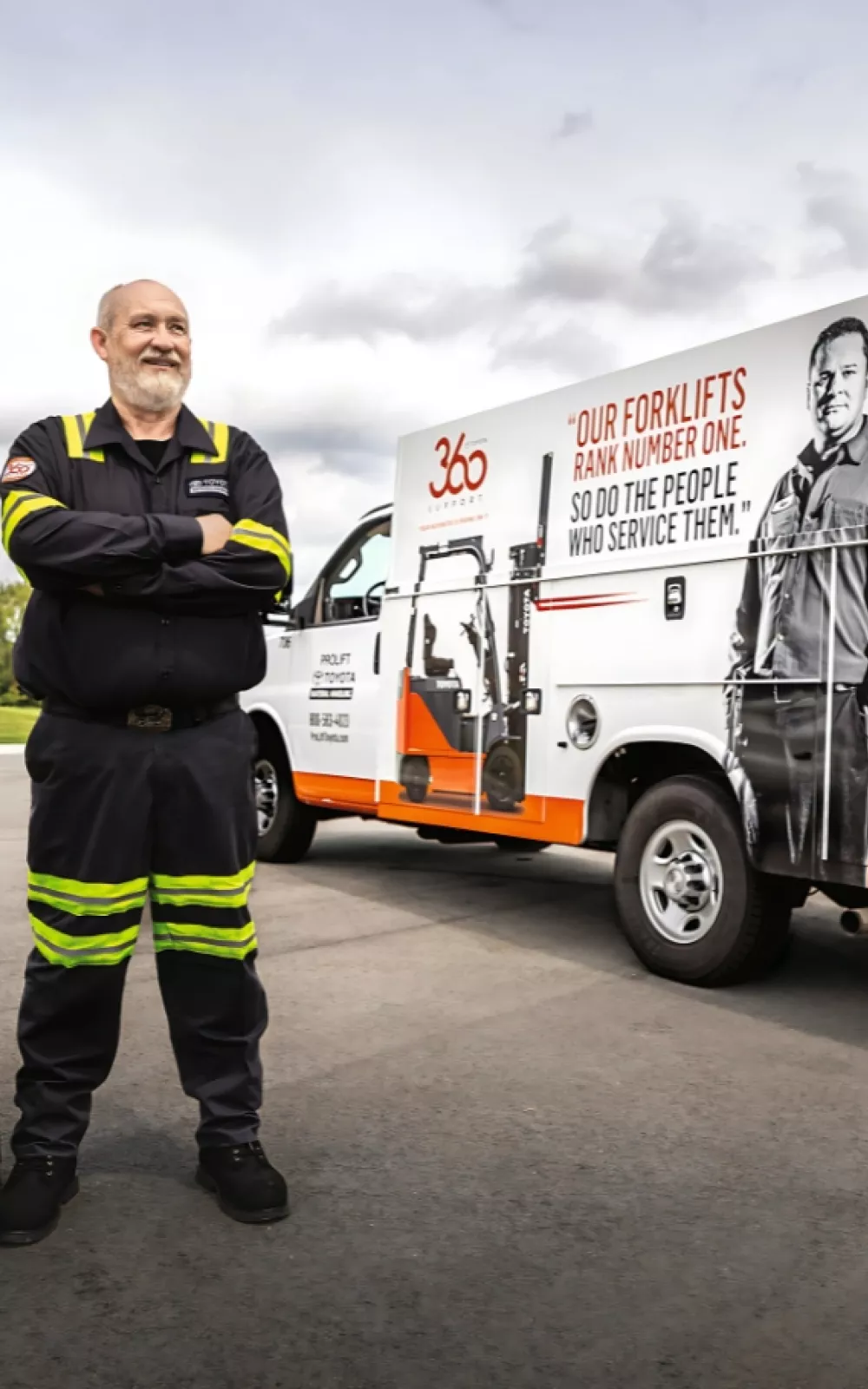
ProLift guarantees a response to your breakdown call within 4 hours or your first hour of labor is free.
Our aftermarket solutions keep your operations running smoothly. Explore ProLift's comprehensive support today and see how we can elevate your material handling operations.

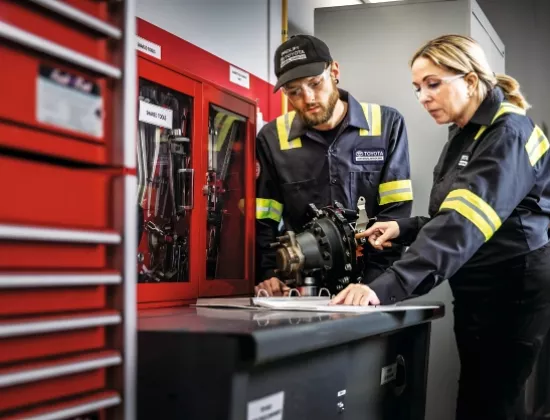
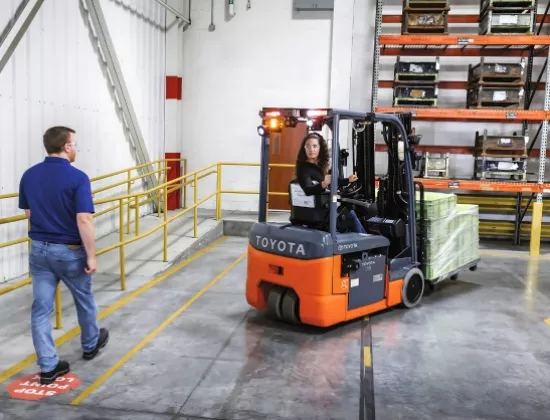

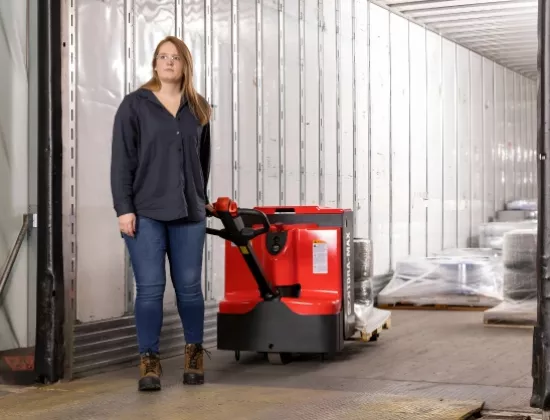
Tell us how ProLift can help. We will connect you with a specialist to answer your questions and provide a quote.
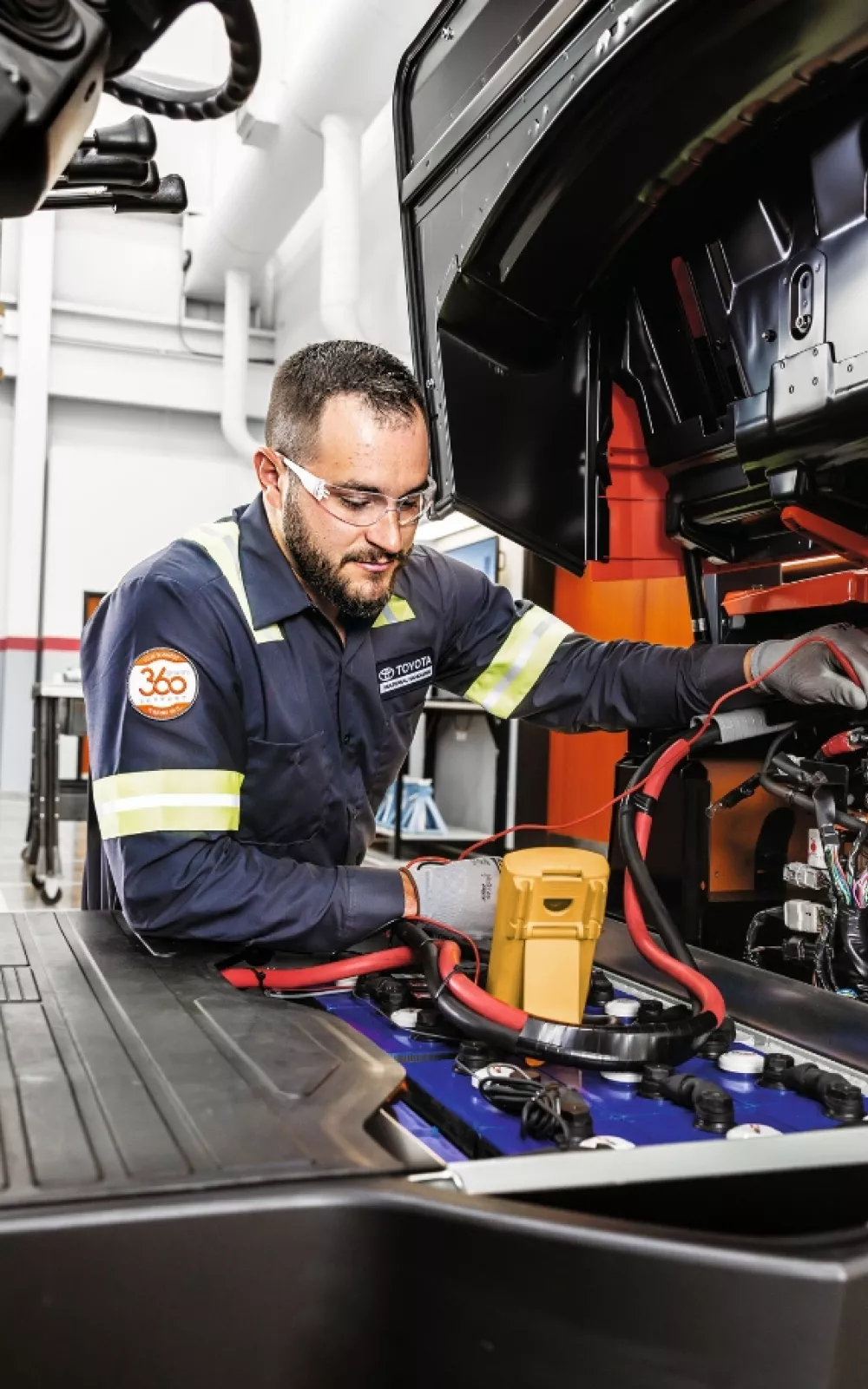
Let us know how we can assist you! A ProLift specialist will connect with you to help with your material handling needs.
